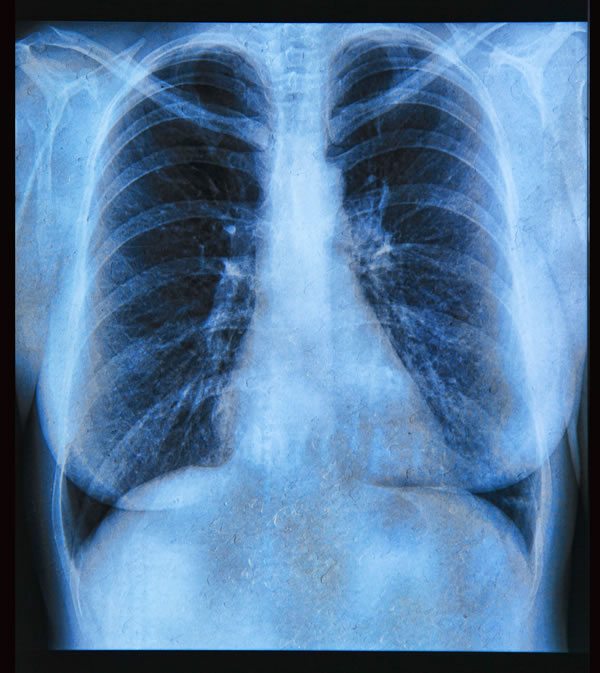Prevention of S. aureus VAP
About 8% to 28% of all mechanically ventilated (intubated) patients contract ventilator associated pneumonia (VAP)1. Staphylococcus aureus bacteria accounts for approximately 25% of these cases2, which means that between 2% to 7% of all ICU patients are afflicted with S. aureus ventilator-associated pneumonia. VAP contributes to substantial increase in morbidity, 5–10 days of mechanical ventilation time, and significant increase in the ICU and hospitalization length of stay.
Due to concerns for development of antibiotic resistance, the use of antibiotics to prevent VAP is contraindicated by current treatment guidelines. Therefore, prevention of VAP with monoclonal antibodies (mAb) that target pathogen-specific virulence factors could serve as a prophylactic alternative to treatment with antibiotics. As such, Aridis is developing AR-320 mAb as a VAP preventative treatment, targeting S. aureus. The use of mAbs presents a number advantages over antibiotics, including better specificity (avoids perturbation of the beneficial microbiome), an improved safety profile, a substantially longer half-life, and low risk of antibiotic resistance.
1 Torres, A. et al. Eur. Respir. J. (2017). 50:1700582
2 Weiner, L.M. et al. Infect Control Hosp Epidemiol (2016). 37: 1288–301.




